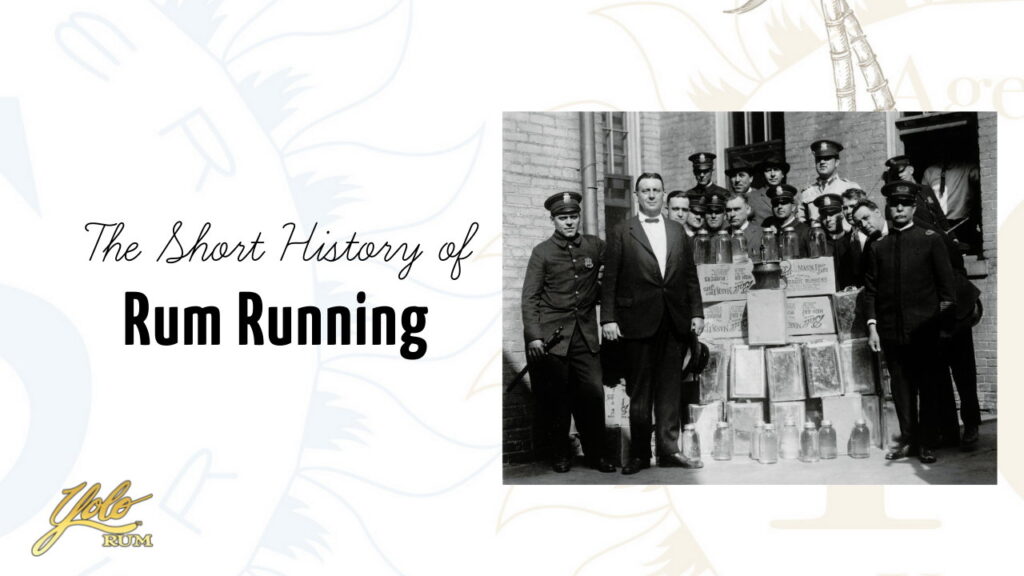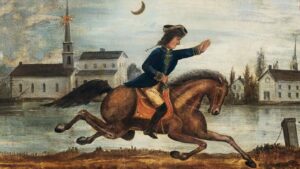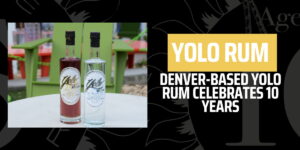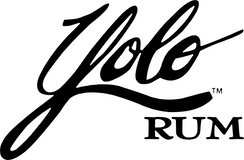The rise of prohibition
When the United States Congress finally caved into pressures from temperance groups, they passed a law that made alcohol production and distribution federal offenses. This meant anyone who broke this new amendment would face fines as well as prison time – but it didn’t really work out too badly for them anyway! The country went dry just two years later with few exceptions; even those who wanted nothing more than an occasional drink were caught up under these regulations because all sales were now illegal without exception (with one notable exception). This is a short history of rum running.
What Were Rum Runners?
The rum runners of the Prohibition era are often remembered for their technique. They would boat alcohol across lakes and rivers, avoiding detection by law enforcement officers who were only able to patrol certain areas at any given time because they could not track down all vessels in transit with traditional methods like stopwatches or radar observatories.
Rum Running by Land or Sea
Much of the alcohol flooding the United States during Prohibition came in via Canada or the Bahamas. From across one of Great Lakes, Lake St. Clair, and St Lawrence River they loaded boats with booze before slipping into Boston to avoid detection by authorities while other rum runners traveled from eastern parts near the Ontario border where most crop production took place for export elsewhere around the world – especially markets located southward along US coastlines who wanted goods without having too high price due to taxes imposed at the time so it could be cheaply purchased.
Rum Running Became Big Business
The speakeasies were popping up all over the country, with hundreds in major cities like New York and Chicago. A rum runner would supply them a steady flow of alcohol for profit- some larger ships could sell their cargo at $200k or more! A single run could fetch thousands of dollars in profits, but it came with a risk.
The Rum and the Law
When Prohibition started, rum runners were hard at work. In the first six months after the 18th Amendment was passed, there were more than 7k arrests for violators of this new law until it became too difficult on everyone involved with processing these cases through legal systems from police departments and courts all the way down into jails where they could be processed accordingly. The efforts of the rum-runners were not enough to stop police departments from tackling them. They staked out docks and boathouses, stopped boats for inspection, or arrested those found in possession without the license required by law – but many more got away!
The Tricks of the Trade
The rum runners used a variety of skills and tricks to evade the police. Boats were outfitted with hidden chambers, false bottoms, or tow tanks that held alcohol in watertight containers; sometimes they would even hide themselves under other items like Bibles and children’s toys! Secret tunnels were constructed from boathouses right into houses nearby barns so illegal cargo could escape detection while waiting for its moment on land. The Windsor- Detroit Funnel was a brilliant idea that allowed for the efficient transport of alcohol across the water. It used submerged cables and mechanical pulleys to move 50 gallons drums from Windsor, Ontario into downtown Detroit where they would then be distributed by truck or train!
Running with the Mob
When the rum-running and smuggling business was booming, some criminals took notice. The organized crime mobs got in on this action by either starting their own border-running operations or acquiring existing ones with revenue from drugs sold off during Prohibition for instance; all thanks to protection money paid out by these entrepreneurs who wanted law enforcement officials turned blind eyes towards what they were doing – legality guaranteed!
Rum Running Ended as Fast as it Began
The enforcement of the 18th Amendment was a disaster. It didn’t prevent people from drinking, but it created more problems for our legal system! When Prohibition finally came to an end in 1933 with the passage of The 21s amendment – which repealed these bad laws–we could celebrate without worrying about getting caught by law enforcers who would take all your stuff if you’re not careful. Now that we got a short history of rum running, I’m thirsty. Could anyone else use a drink?
Yolo Rum Runner Cocktail Recipe
Ingredients:
- 1 oz Yolo Rum Gold
- 1 oz Yolo Rum Silver
- 1.5 oz Pineapple juice
- 1.5 oz Orange juice
- 1.5 oz Cranberry juice
- Splash Grenadine
- Orange wedges
- Pineapple to garnish
Instructions:
Add 1 oz Yolo Rum Gold, 1 oz Yolo Rum Silver, 1.5 oz Cranberry juice, 1.5 oz Pineapple juice, 1.5 oz Orange Juice, splash of Grenadine to a shaker. Shake vigorously. Strain over ice. Enjoy. Repeat as necessary.
For more Yolo Rum cocktails, head on over to the cocktail recipes section of our website.




